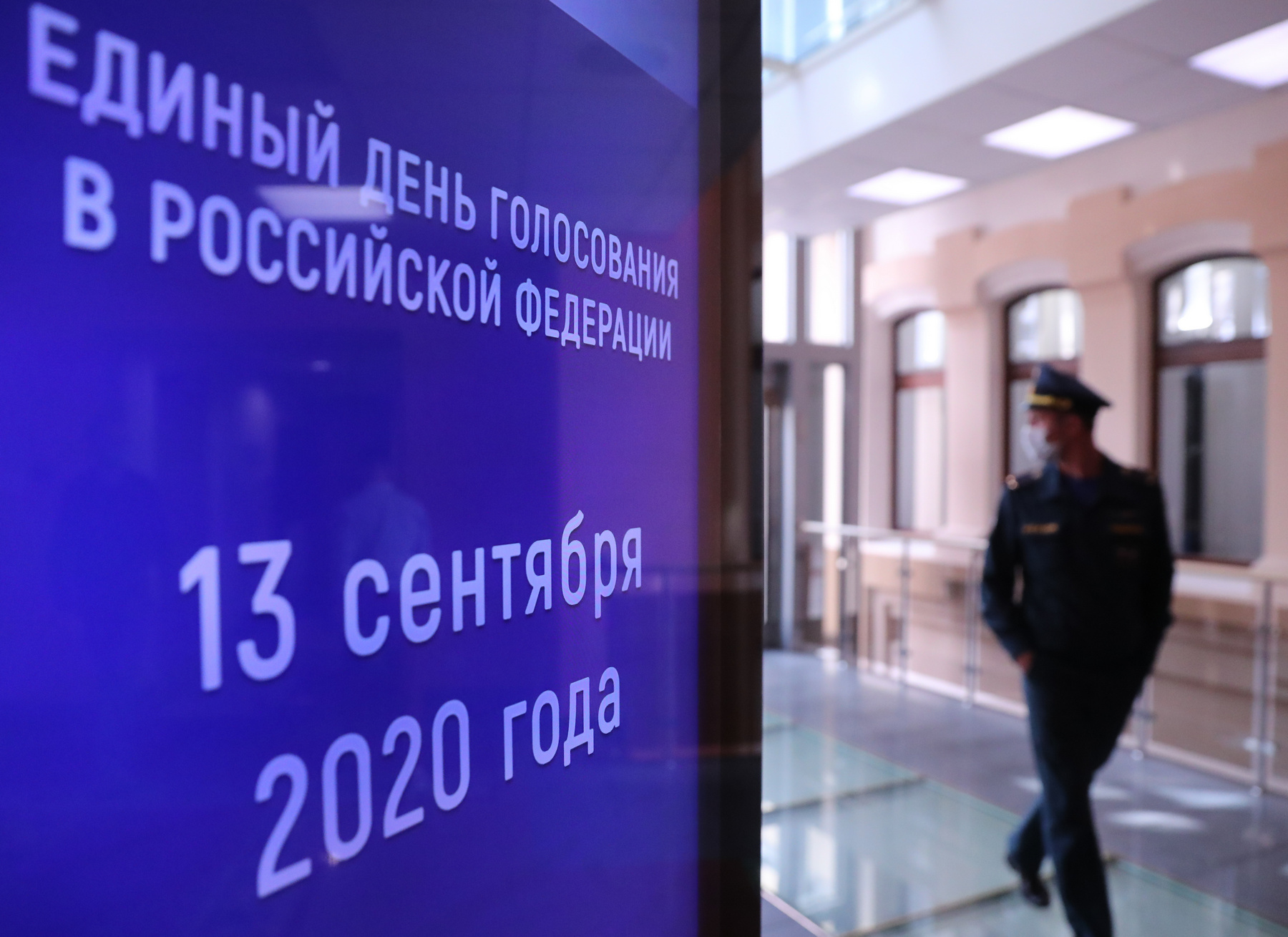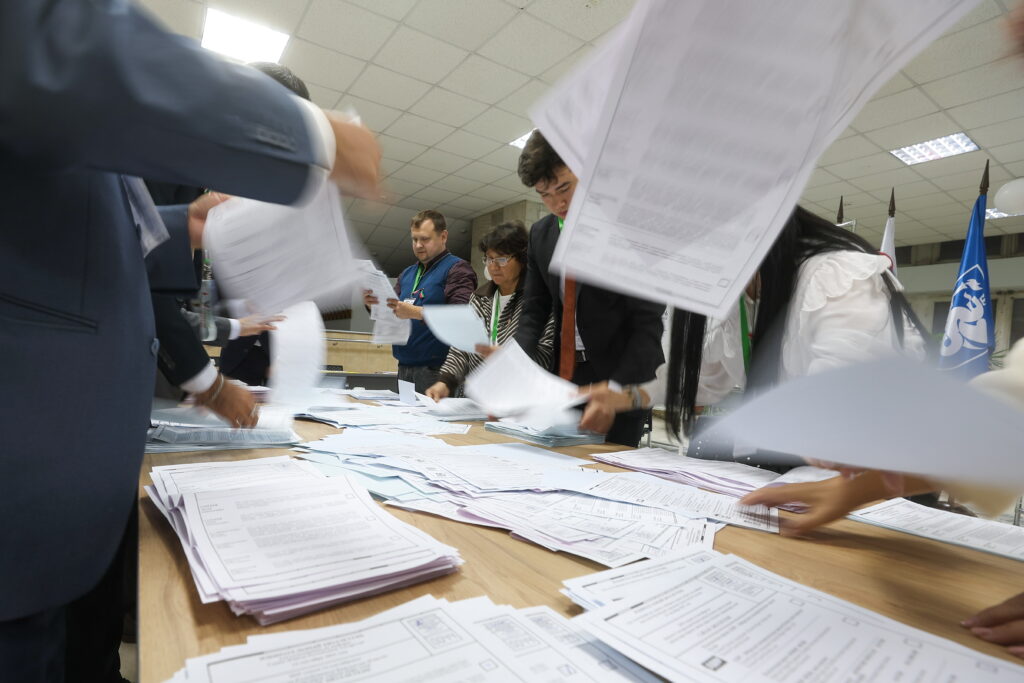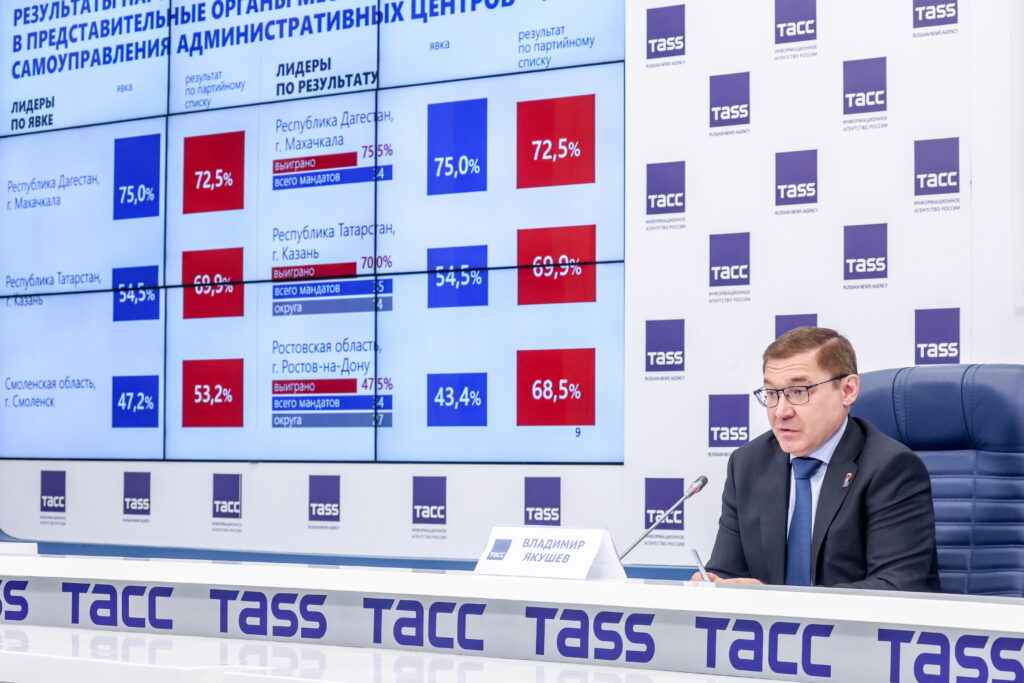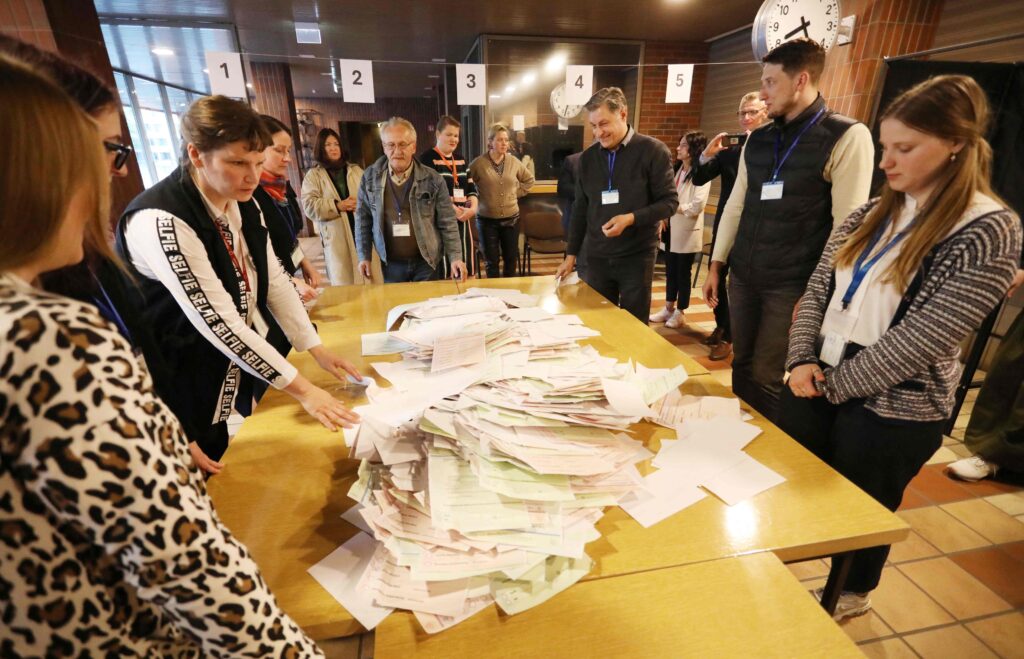More than nine thousand elections and referendums were held in Russia on the “single voting day on September 13, 2020” (EDG-2020). Among them are by-elections of State Duma deputies in four single-mandate constituencies, gubernatorial elections in 18 constituent entities, elections of 11 regional parliaments and elections of representative bodies of 22 regional capitals. Administrative nominees or candidates aligned with the authorities won almost everywhere. The by-elections to the State Duma passed without sensation. The current heads of the regions, as well as the interim governors, won the gubernatorial elections. United Russia retained a majority in regional parliaments and representative bodies of capitals. Only in the elections to the city councils of Tambov and Tomsk, as well as to the Council of Deputies of Novosibirsk, United Russia got less than 50% of the seats.
Despite the overall results, support for the authorities, namely United Russia, is in decline. In the regions – by as much as 11%. In regional capitals – by 10%. The turnout has also dropped. Moreover, the success of the Kremlin’s protégés in the gubernatorial elections, as well as the success of United Russia in the elections to regional parliaments, was most likely due to procedural abuses during early voting.
The candidates supported by Alexei Navalny’s Smart Voting project got the best results in the municipal elections. First of all, in Tambov, Tomsk and Novosibirsk. Still, the overall effect of Smart Voting is still unknown.
Election campaigns of EDG-2020
Leaving aside the by-elections to the State Duma, which were not of great importance due to the small number of mandates distributed, the main events in the EDG-2020 were the elections of governors, regional parliaments and representative bodies of regional capitals.
The authorities received the best results in the gubernatorial elections. The average result of the winner in 2020 – 74.51% – turned out to be even higher than in the same 18 regions in the last elections – 73.70%. The gubernatorial elections were also the only major campaigns where the average turnout was higher than in previous elections: 47.55% versus 43.97%.
The government retained a majority in all 11 re-elected legislative assemblies. But in relative terms, its support has declined. In the last elections, the list of “United Russia” received, on average, 59.11% in these regions; now that stands at 47.69%. The positions of the “party of power” also sagged in single-mandate constituencies. The strongest standing is in the Novosibirsk region. There the United Russia candidates won in 27 out of 38 constituencies. The result of the last elections was 32 victories. Yet only in the Belgorod region did both the United Russia list and the single-mandate members of United Russia perform better than five years ago. Immediately after the elections, the head of the Belgorod region, Yevgeny Savchenko, who had been in charge of it since 1993, resigned to take up a post in the Federation Council. The turnout in regional elections fell, on average, by 6.17% compared to 2015.
Most of the regional capital’s councils and dumas remained under the control of United Russia: from Smolensk to Magadan. But the losses of the “party of power” at the municipal level are the strongest. In the city councils of Tambov and Tomsk, as well as in the Council of Deputies of Novosibirsk, the third largest city in Russia, there are now less than half of the candidates from United Russia. The average result of the party list fell from 50.27% to 39.94%. The share of seats won in single-member constituencies fell from 91.46% to 77.95%. The turnout dropped from 30.71% to 25.18%.
The results of the considered election campaigns in comparison with the past elections are shown in Figures 1 and 2. Figure 1 compares the results of administrative candidates in the gubernatorial elections, as well as the results of the United Russia list in elections to regional parliaments and representative bodies of capitals. Figure 2 compares turnout indicators.
Figure 1. The result of the authorities in the gubernatorial, parliamentary and municipal elections in the regions of Russia in comparison with the previous elections in the same regions

Figure 2. Voter turnout in gubernatorial, parliamentary and municipal elections in the regions of Russia in comparison with the previous elections in the same regions

How the authorities achieved results in EDG-2020
A picture of how the authorities achieved the result in 2020 is given in Figure 3. It details the turnout values by type of elections. An explanation is needed here. “Single voting day on September 13, 2020”, despite this name, did not start on September 13, on Sunday, but two days before that – on Friday. Voting on September 11-12 was early, and on September 13 – the main one. Voters did not need special grounds to vote early. Early voting could take place both in the premises of election commissions and outside them. Anywhere, in a word. This is exactly how the seven-day “all-Russian vote” on amendments to the Constitution was carried out, accompanied by a large-scale campaign to coerce voters and falsifications.
Figure 3. The structure of the turnout at the gubernatorial, parliamentary and municipal elections in the regions of Russia in 2020

Two conclusions can be drawn from Figure 3: 1) in the gubernatorial and parliamentary elections, the spread of early turnout values is higher than the spread of the turnout on the last voting day; 2) in elections to representative bodies of capitals, the variation in early turnout is the same as on the last day. Since the result of the authorities was better in the gubernatorial and parliamentary elections, there may be a connection between it and the early turnout.
As can be seen from Figures 4 and 5, there is such a connection. With the growth of early voting, the result of administrative candidates and the United Russia list is getting better. At the same time, there is no significant connection between the result of the authorities and the turnout on the last day of voting, neither for the gubernatorial elections, nor for the elections to regional parliaments.
Figure 4. The relationship between the turnout values and the result of administrative candidates in the gubernatorial elections in the regions of Russia in 2020

Figure 5. The relationship between the turnout values and the result of United Russia in the parliamentary elections in the regions of Russia in 2020

The explanation why the result of the authorities turns out to be directly related to early turnout, most likely, is that, to a large extent, early voting consisted of two components: coercion of voters and falsification. It is indicative that in elections to regional capitals, where the level of support for United Russia is the lowest, there is no connection between early turnout and the result of the list of the “party in power”.
Was there an effect of Smart Voting?
The outcome of the elections in the EDG-2020 could be influenced by Alexei Navalny’s project Smart Voting, first tested in 2019. A year ago, the campaign targeted voters in Moscow and St. Petersburg. In Moscow, deputies of the Moscow City Duma were elected, and in St. Petersburg – the governor and municipal deputies. In capitals, Smart Voting was effective and helped independent candidates.
For the 2020 elections, Alexey Navalny’s team has selected more than a thousand candidates as recommendations for all significant elections. Regional elections, as well as municipal elections, if they were held in cities with a population of at least 200 thousand people, were classified as significant. An exception was the election of deputies to the Council of the city of Sterlitamak (population – 276 thousand people) in the Republic of Bashkortostan, for which the recommendations of the Smart Voting were not offered.
The effect of Smart Voting on the outcome of the 2020 elections remains to be determined. But even now we can say that the Smart Voting candidates were most successful in the municipal elections in Tambov, Tomsk and Novosibirsk. In Tambov, they won 16 out of 18 single-mandate constituencies, in Tomsk – in 19 out of 27, and in Novosibirsk – in 13 out of 50. It was Novosibirsk and Tomsk that Alexey Navalny managed to visit personally, before, according to the German authorities, being poisoned by nerve agent.
Conclusion
The 2020 elections were the last before the main campaign of 2021 – the elections of the State Duma deputies. Based on the results of EDG-2020, several assumptions can be made about the course of the Duma elections next year. Most likely, the authorities use the opportunity of the three-day voting to ensure the “desired” result for themselves through coercion and manipulation. The bulk of the abuses accompanying the Russian elections will most likely occur in the first two days, when election commissions are most difficult for observers to control. The effect of Smart Voting, if the project remains in its current form, is most likely to be expected in large cities.










